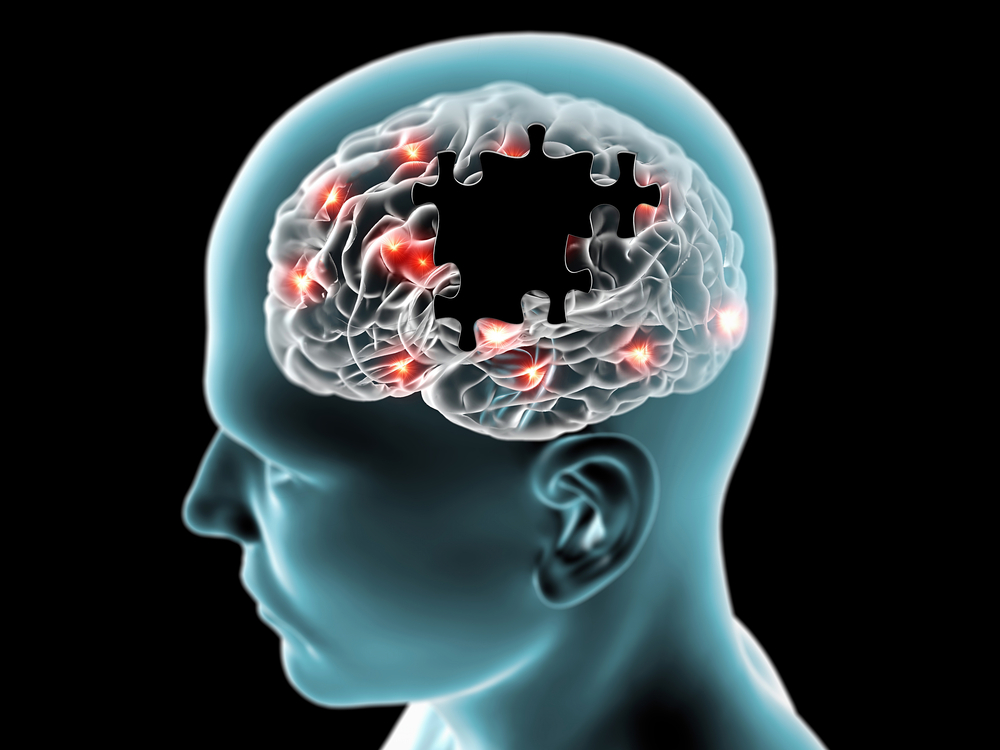Exposure to Electromagnetic Fields Delays the Development Alzheimer’s Disease Rat Model

Findings from a recent study conducted by a team of researchers in China indicate that certain conditions of exposure of extremely low frequency electromagnetic fields could delay the development of Alzheimer’s’ Disease (AD) in rats. The study was published in the journal PLOS One.
Extremely low frequency electromagnetic fields (ELF-EMF) are generated mostly by electric equipment, such as high voltage transmission lines, transformer substations, motors, and household appliances, with a frequency ranging from 0 to 300 Hz.
Alzheimer’s disease (AD) is an age-related progressive neurodegenerative disease characterized by progressive memory loss and a decline of cognitive function. The characteristic pathological changes of AD mainly include differing degrees of neuronal loss or apoptosis, senile plaques (SP) formed by extracellular deposits of amyloid-β (Aβ), and intracellular neurofibrillary tangles (NFT) constituted by hyperphosphorylated microtubule-associated protein tau (Tau) in the brain.
Although some epidemiological investigations have shown a potential association between long-term exposure of ELF-EMF and AD, few correlated animal experiments have been reported and no understood mechanism can reasonably explain this association.
There is evidence from AD animal models studies regarding the possible mechanisms of AD, with studies showing that D-galactose can cause premature aging and organ decline, and the intracerebral injection of Aβ25–35 peptide fragments can induce AD-like clinicopathologic features.
In the study titled “Improvement of Spatial Memory Disorder and Hippocampal Damage by Exposure to Electromagnetic Fields in an Alzheimer’s Disease Rat Model,” Li Zhao and colleagues from the Department of Experimental Pathology, Beijing Institute of Radiation Medicine, in Beijing, China, examined in AD rat models the ELF-EMF exposure combined with D-galactose intraperitoneal and Aβ25–35 hippocampal injection. Through this model, the researchers aimed to have a better understanding of the relationship between ELF-EMF exposure and AD development, to further explored its mechanism.
The results showed that 50 Hz and 400 μT of ELF-EMF exposure for 60 days delayed the weight gain of AD rats, and partially improved the cognitive and clinicopathologic symptoms of the animals.
Based on the findings, the researchers suggest that more research is necessary to understand the molecular mechanism and fully assess the potential benefit of ELF-EMF exposure. Results from this study strongly indicated that ELF-EMF exposure could partially delay the development of AD in rats.






